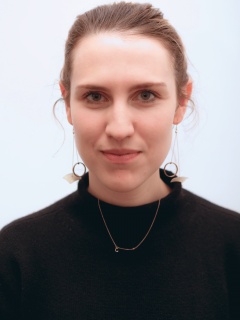As qualitative researchers, we increasingly see words like service design and co-design in our briefs. This may instil initial panic in some researchers, yet it also offers exciting opportunities to ponder the role of design in research and flex our qualitative muscles. I have always felt that design thinking and research thinking are two sides of the same coin: both require us to think of a solution to a problem with many possible answers, by acquiring a deep understanding of human behaviour.
At this Spark session, I was delighted to hear Cat Drew, the head of the Design Council, argue that research is a design process. We design our methodologies; we design the experience of research for our participants; and we design outputs to be digestible and actionable for clients. Cat argued that a greater blend of research and design leads to better, more evidencebased outputs and that this should be a looped process, with one continuously informing the other.
As she outlined the exciting projects she has worked on throughout her career, it struck me that this symbiotic relationship played a critical role in each one: sometimes exposing participants to an early prototype revealed a need that would have been tricky to uncover with a purely qualitative approach; sometimes a customer journey map became the design output; and sometimes training service providers in basic research skills led to greater empathy and better service delivery.
My biggest take-away was that we shouldn’t be afraid of the word ‘design’. We are already doing it — and should do more. We should strive to design new ways to involve our participants in research and make this a positive experience; become more creative in the ways we employ stimulus — and remember that it need not be perfect to be useful. Finally, we should enlist the help of service and graphic designers when our skills fall short, and work with them to push our projects to new and exciting places.
At 2CV, co-design processes have become a core part of our toolkit and this talk confirmed that we are right to be bold, and to encourage our clients to do the same. It inspired me to continue to push us creatively, particularly when thinking about how we can better involve participants in the design, analysis and outputs of research in a way that feels empowering and worthwhile.


